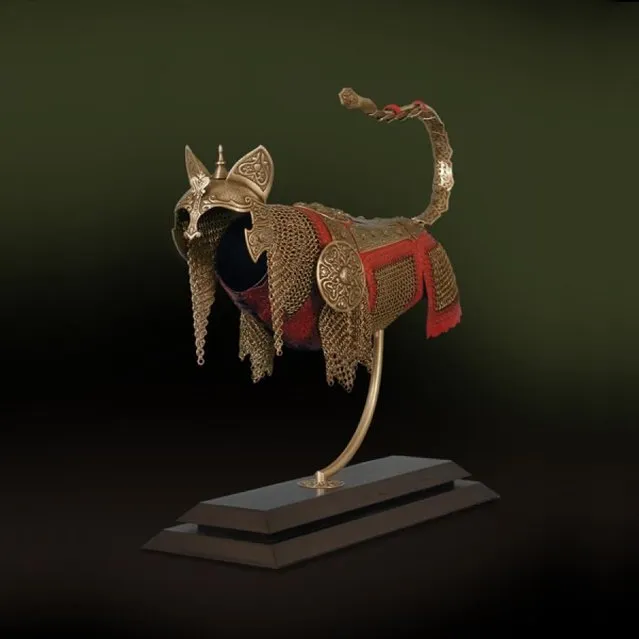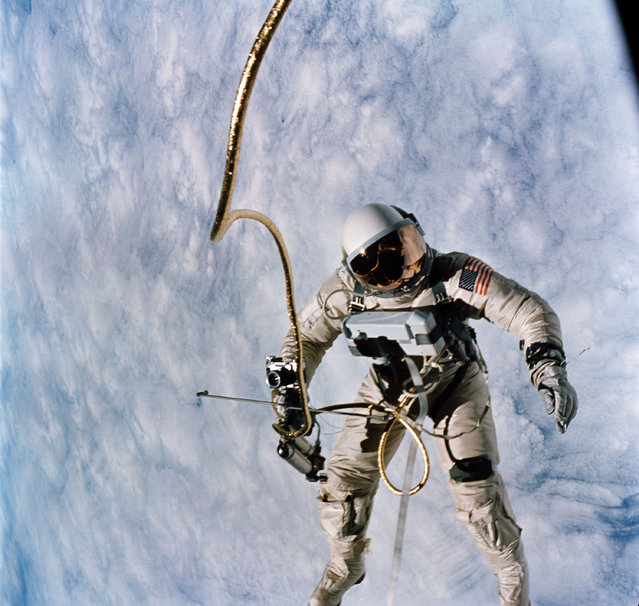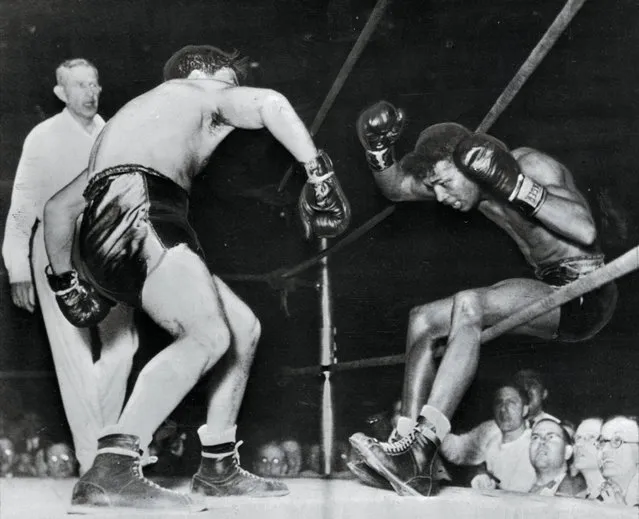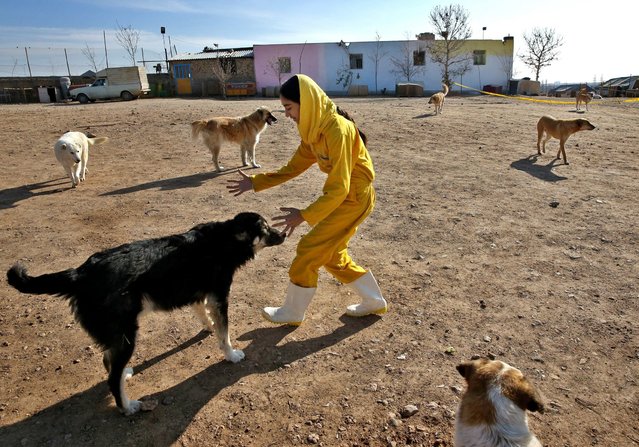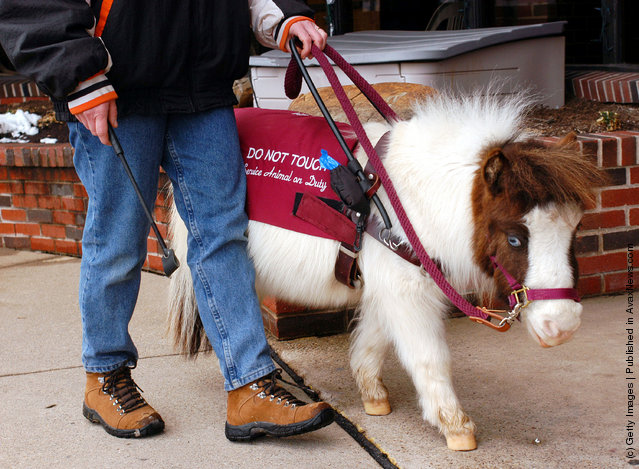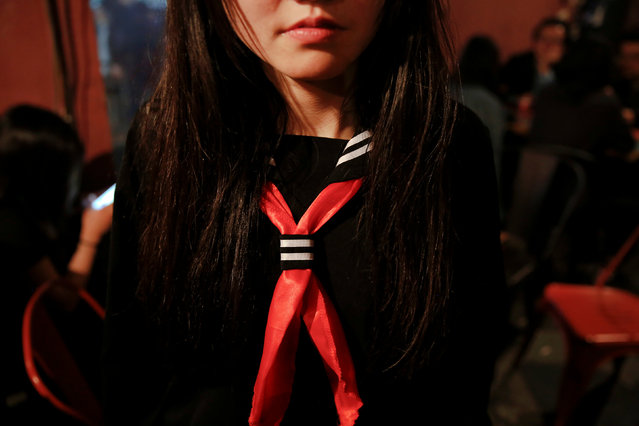
A truck remains mired in mud and debris on State Route 58 near Tehachapi, California, about 60 miles (97 km) outside of Los Angeles October 17, 2015. A mudslide on Thursday left nearly 200 vehicles, including 75 semi-trailer trucks, stuck in up to five feet of mud, local sheriff's spokesman Ray Pruitt said. (Photo by David McNew/Reuters)
21 Oct 2015 08:02:00,post received
0 comments

